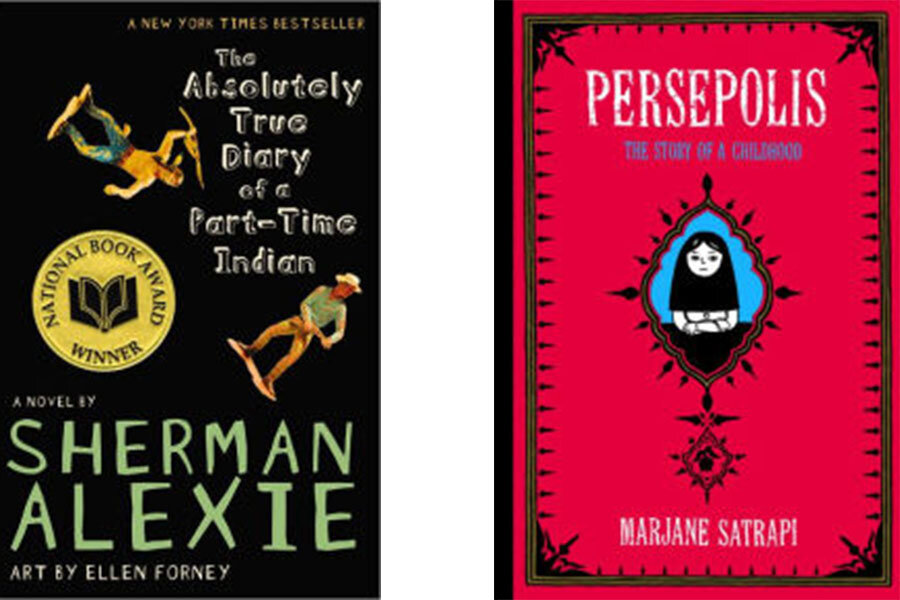Banned Books Week: How it's being celebrated across the country
Loading...
Banned Books Week is here.
During the event, which is being held from Sept. 27 to Oct. 3 this year, various libraries, schools, and bookstores spotlight books that have been challenged or banned in the past and hold various celebrations centering on banned or challenged works.
Organizations involved in the celebration include the National Coalition Against Censorship and the American Library Association.
This year, those behind Banned Books Week are putting the focus of the celebration on young adult books. Of those titles that were the most-challenged in 2014, the No. 1 book on the list was the young adult title “The Absolutely True Diary of a Part-Time Indian” by Sherman Alexie. Other young adult titles that made the list of the top 10 most-challenged works in 2014 are “The Perks of Being a Wallflower” by Stephen Chbosky and “Drama” by Raina Telgemeier.
For this year’s celebration of challenged or banned young adult books, the American Library Association put together a list of the 10 most-challenged YA titles in 2014 as well. Besides "Diary," "Wallflower," and "Drama," that list also includes such works as “The Giver” by Lois Lowry and “Looking for Alaska” by John Green.
“Young adult books are challenged more frequently than any other type of book," Judith Platt, chair of the Banned Books Week national committee, said of the decision to look specifically at YA titles. "These are the books that speak most immediately to young people, dealing with many of the difficult issues that arise in their own lives, or in the lives of their friends. These are the books that give young readers the ability to safely explore the sometimes scary real world. This Banned Books Week is a call to action, to remind everyone that young people need to be allowed the freedom to read widely, to read books that are relevant for them, and to be able to make their own reading choices.”
One of the more unusual celebrations for Banned Books Week this year includes an event in Indiana, where the DePauw University Dean of Libraries Rick Provine is living inside the Kurt Vonnegut Memorial Library for the week to draw attention to banned books.
The number of books challenged in 2014 is on the low side of those reported in the last 10 years, though as the ALA notes, some book challenges are not shared. However, according to the ALA, 311 challenges that the organization knows about occurred in 2014. That’s a slight increase from 2013, when 307 were reported, but both of those are the lowest number of reported challenges in recent years. The highest reported number in the last 10 years occurred in 2004, when 547 known challenges occurred.









